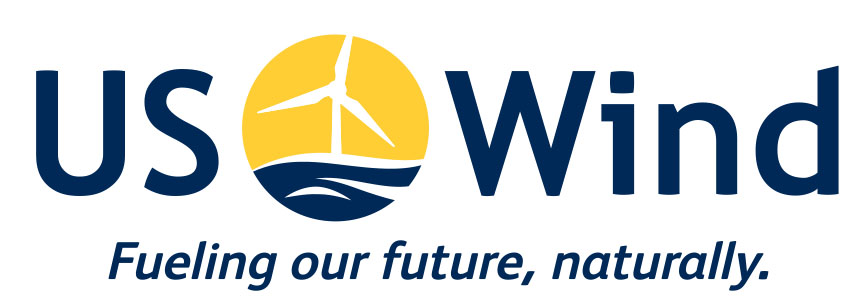Housing the world’s largest renewable storage project: What it means to the US
Since 2005, carbon emissions in the U.S. has dropped 30 percent, according to the U.S Power Sector Emissions, as a result of natural gas and renewable power sources replacing retiring coal-powered plants. In addition, research and technologies have been continuously sought, developed, and deployed to achieve decarbonization in the country.
Last month, the State of Utah announced an initiative to launch the Advanced Clean Energy Storage (ACES) project with Mitsubishi Hitachi Power Systems (MHPS) and Magnum Development and is being poised as “the world’s largest project of its kind.” The initiative will develop 1,000 megawatts (MW) of 100 percent clean energy storage, which will make technologies and strategies accessible to decarbonize Western U.S.
The news of developing renewable energy storage technologies and strategies yield a brighter future in offshore wind, as more states gear towards 100 percent clean energy commitments. In Massachusetts, state officials recently recommended to double down on its offshore wind program and sign contracts for another 1,600 megawatts of capacity in two solicitations to be held in the early 2020s.
The Massachusetts Department of Energy Resources released a report outlining the following recommendations on the state’s approach on offshore wind and its economic benefits:
- Massachusetts’ electric distribution companies should proceed with another 1,600 megawatts of offshore wind solicitations, as long as the contracts prove to be cost-competitive. This would come on top of the 1,600 megawatts the state is already pursuing, half of which was awarded last year to developer Vineyard Wind.
- Two 800-megawatt solicitations should be held in 2022 and 2024, following the one already planned for later this year. Another could follow in 2026 if not all the capacity has been awarded.
- While the state should continue to allow paired energy storage with offshore wind bids, it should also consider holding a standalone energy storage solicitation — in recognition of the reality that any wind-plus-storage bids will likely come in more expensive than other options, even if beneficial to the grid.
Initiatives like the ACES project and many others are substantial to the efforts pushing for adopting renewable energy sources like offshore wind. These technologies are instrumental in development projects aimed towards cutting back on emissions, harnessing renewable sources, and energizing the economy in the process
